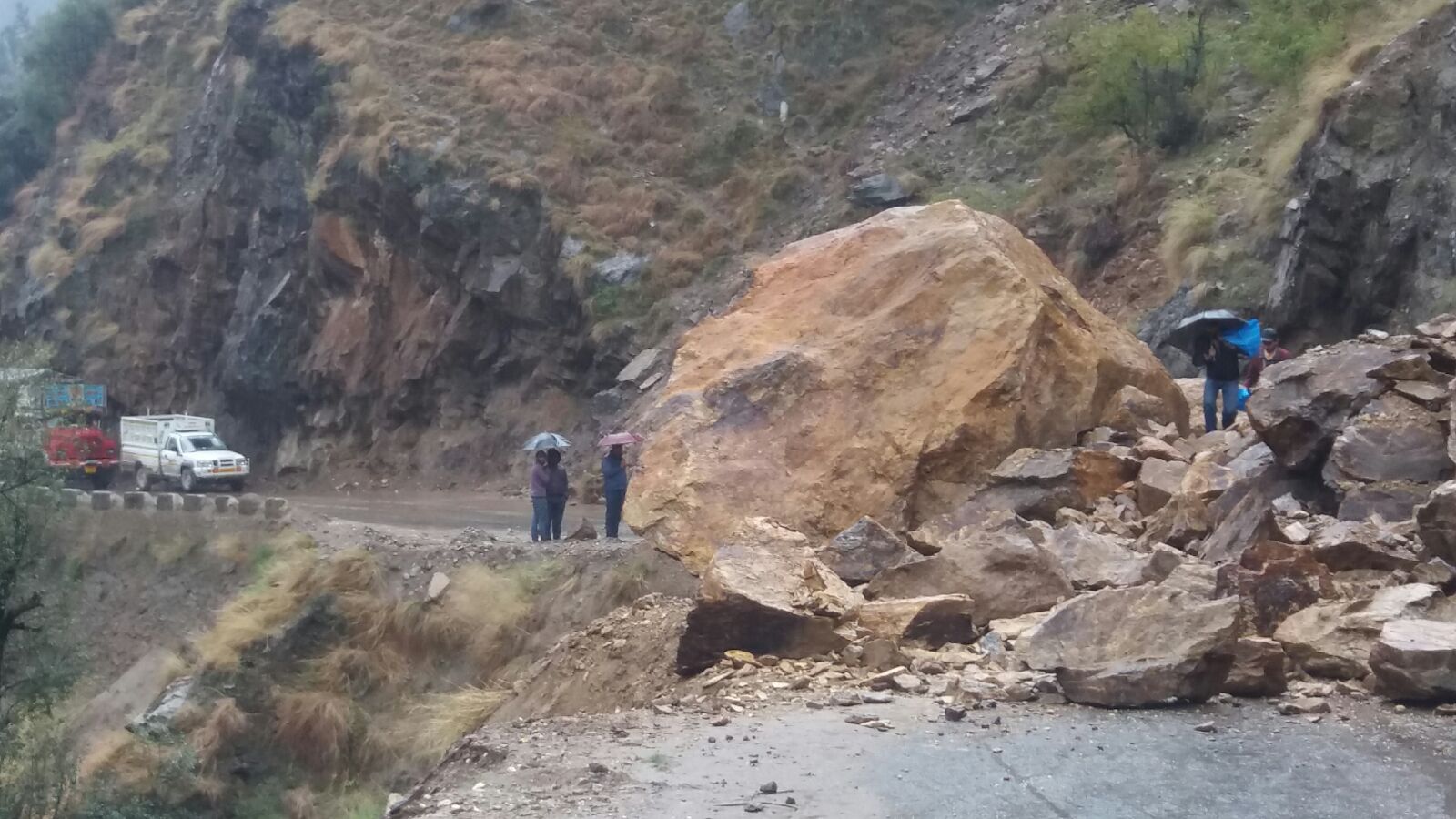
Even as the latest National Crime Records Bureau (NCRB) data suggests a decrease in the number of accidental deaths in J&K, the Srinagar-Jammu Highway continues to hold the valley hostage to its fair-weather nature and the extended widening timelines.
RECENTLY, when it rained, Mehar regretted her decision to travel by road.
She had ditched the flight to Srinagar to “enjoy the picturesque route”. But sadly, the experience turned out to be sour.
Mehar was stuck on the Srinagar-Jammu highway—also called NH (National Highway)-44—for 24 hours. Even when the traffic started moving, she was always on the look for falling debris on the bumpy road.
Traveling to and from Kashmir valley by road has been a nightmare for tourists, locals, truck drivers, and for those innumerable people for whom the highway is the only road to connect the landlocked region with the rest of world.
Be it the unstoppable monsoons or snow-clad winters, the 287-km long NH-44 can get blocked anytime.
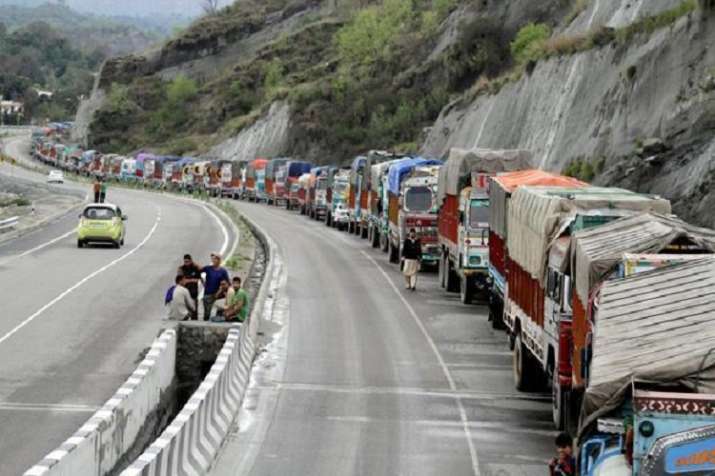
According to the J&K State Disaster Management Policy report 2017, “J&K has recorded more deaths in traffic accidents than militancy.”
The report does not primarily talk about NH-44 but it is a part of the catastrophe.
The report stated 3,086 accidents and 464 deaths in J&K in 2017.
Accidental Report 2018, by the National Highway Authority of India (NHAI), claimed that J&K reported 2,118 road accidents on the National Highway.
J&K secured 21th position out of 36 states and union territories, in the ‘total number of persons killed in road accidents on national highways’ ranking.
The area along NH-44 is prone to landslides and avalanches due to the prolonged precipitation resulting in loss of life and property.
Some of the main landslides and shooting stone zones are Panthyal, Anokhifal, Kheri, Ramsoo Maroog, Nashri, Battery Cheshma, along the Bichleri stream in Ramban and Udhampur district.
“Most of the cases will be along roads where rocks are cut to make ways because it exposes them and makes them vulnerable to sliding,” said Dr. Afroz Ahmad Shah, Assistant Professor in Structural Geology at Universiti Brunei Darussalam.
The rock should not be cut in such a way which exposes it to erosion, he said.
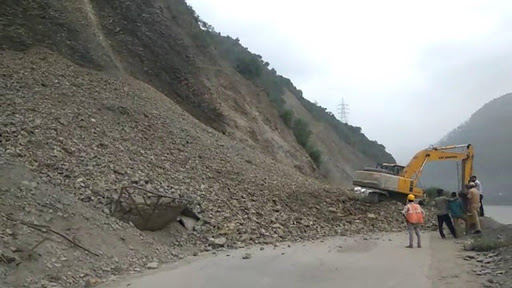
Some of the major reasons for landslides are rock exposure to erosion, slope instability, urbanization, and rainfall, the professor explained.
“Along the Jammu-Kashmiri highway,” he said, “it’s the inappropriate cutting of the road and the absence of remedial measures like proper drainage which causes landslides.”
A study by researchers Mohsin Fayaz and Sheik Abdul Khader P. claimed that more than 100 deaths have occurred on the highway over 10 years.
“Almost 10 people die on average each year due to landslides on NH-44 Jammu-Srinagar National Highway,” the study notes.
According to the paper, steeper slopes along NH-44 are formed from sedimentary, disturbed, and fragmented rocks that move downslope during light to heavy rainfall, causing severe harm to both highway and residents.
The increase in the sharp inclined slopes, unscientific construction activities, and the presence of unstable and fragile rocks along the highway make it more prone to slope failure, the paper mentioned.
To prevent further accidents on the highway, the government started a highway widening project in 2011. It was planned to be completed within five years.
The four-lane project was divided into six sub-projects—Jammu-Udhampur (65 km), Chenani-Nashri tunnel (9.2 km), widening of Ramban-Udhampur road (43 km), Banihal-Ramban road (36 km), Qazigund-Banihal road (15.25 km), and Srinagar-Banihal road (67.7 km).
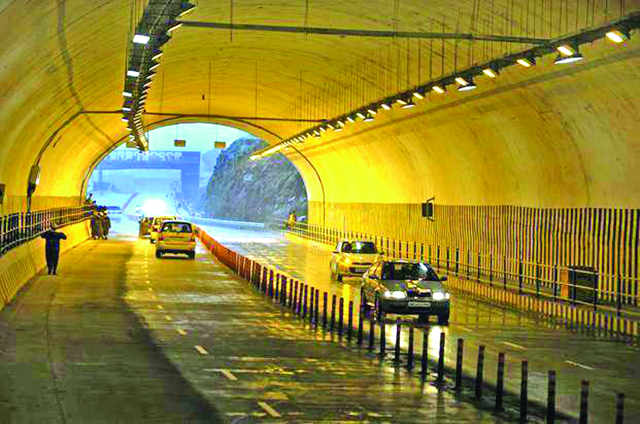
The construction of Chenani-Nashri Tunnel project with an integrated tunnel control system was completed in 2018.
The tunnel has been constructed at a cost of about Rs. 3,720 crores. It provides all-weather protection as it bypasses through the snow and landslide-prone range of Kud, Pantitop, and Batote.
According to the Ministry of Road Transport and Highway Report 2018, the total cost of the Jammu-Udhampur Bypass project was Rs 2,626.33 crores and the Udhampur-Ramban project was Rs 2,136.97 crores.
In 2019, four-laning of Jammu-Udhampur Bypass, Chenani-Nashri section, Lakhanpur to Hiranagar and Hiranagar to Vijaypur was completed, according to Press Information Bureau (PIB) report.
The Qazigund-Banihal tunnel amounting to Rs 1,987 crores is under construction and would be completed by the end of the financial year (March 2021), said Hemraj, General Manager NHAI, Jammu.
The Qazigund-Banihal tunnel along with Chenani-Nashri will reduce the travel distance by about 30 km and reduce time by two hours.
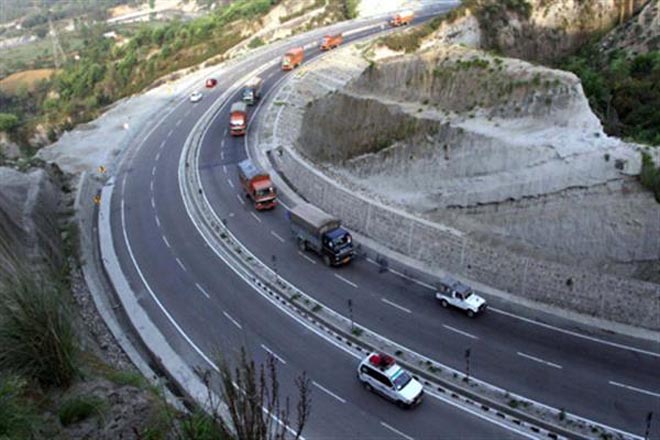
Widening of Udhampur-Ramban and Ramban- Banihal would be completed by December 2021 and December 2022 respectively, Hemraj told Kashmir Observer.
“In the Ramban-Banihal, 50 percent of the work would be completed by December 2021 and the remaining part by December 2022,” he informed.
According to another NHAI official, who spoke on the condition of anonymity, construction has only been started on the 10km stretch of the Ramban-Banihal, while the remaining 20km stretch has been left out.
“The untouched part needs to be realigned again as the construction is getting obstructed by landslides,” the official said.
The soil in the Ramban-Banihal stretch is sedimentary resulting in erosion and falling of debris, he said. “The rocks can fall anytime because of which we are not able to break the tunnel from inside.”
On being asked about the completion date of the project, he said, “It is tough to predict the date as we are in the phase of realignment where we’ve to finalize which provision (duct, tunnel) to use for the construction to minimize the damage caused by falling stones and landslides.”
The harsh and fragile terrain, socio-political conditions, lack of skilled labour and construction with ongoing traffic are the challenges faced by the NHAI due to which on-time completion of the project is not possible, said Hemraj.
“Due to COVID, the work was suspended from March to June,” said the general manager. “Even now, we’re short of skilled labour.”
Most of the labourers are non-locals and due to pandemic it’s not conducive for them to travel to J&K, he said.
Special arrangements are been done for labourers to join work which has increased the funding of the project, said Hemraj.
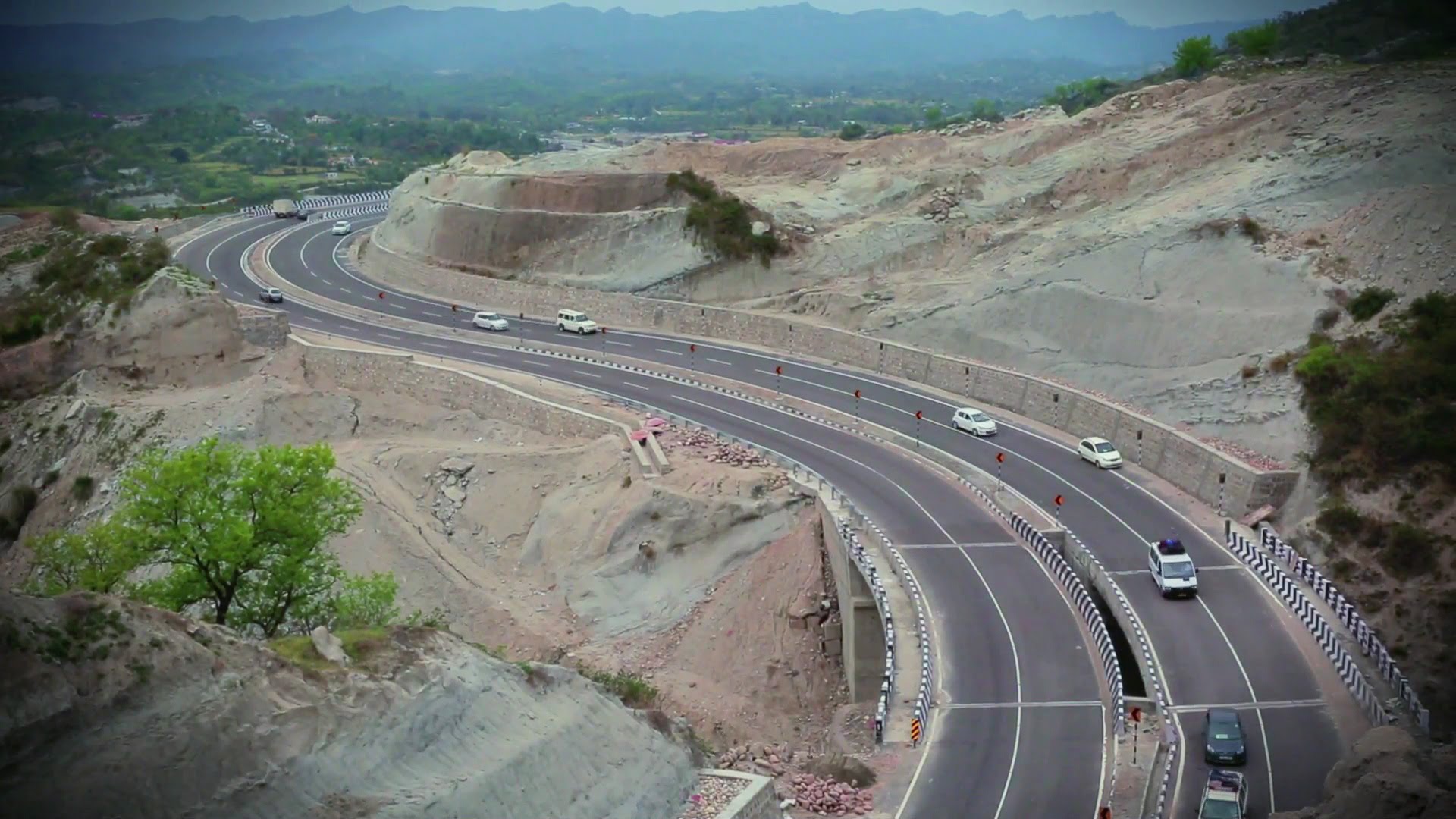
Another NHAI official told Kashmir Observer that one of the major challenges in adhering to the project timeline is the delay in land acquisition.
He explained that many locals go to court to solve their internal conflicts on compensation which further increases the timeline of the project.
“Till the case is in court,” he said, “the project remains stalled.”
The Ramban-Banihal project is under Engineering Procurement and Construction (EPC) contract, under which contractors have to complete the milestone only then they are paid, said the NHAI official. “Sometimes contractors go on a loss which further slows down the project.”
Noticing the delay, the High Court in February said, “It’s a serious issue. This road has become a death trap. It’s a very casual approach on part of the authorities. Such a huge project and delay caused huge loss of public exchequer,” the judge observed.
Once the project is completed, the stretch between Jammu and Srinagar would be reduced to 62 km and the distance will be covered in around 4-4.5 hours and many people like Mehar would not regret their decision to travel to Kashmir by road.
Follow this link to join our WhatsApp group: Join Now
Be Part of Quality Journalism |
Quality journalism takes a lot of time, money and hard work to produce and despite all the hardships we still do it. Our reporters and editors are working overtime in Kashmir and beyond to cover what you care about, break big stories, and expose injustices that can change lives. Today more people are reading Kashmir Observer than ever, but only a handful are paying while advertising revenues are falling fast. |
| ACT NOW |
| MONTHLY | Rs 100 | |
| YEARLY | Rs 1000 | |
| LIFETIME | Rs 10000 | |










